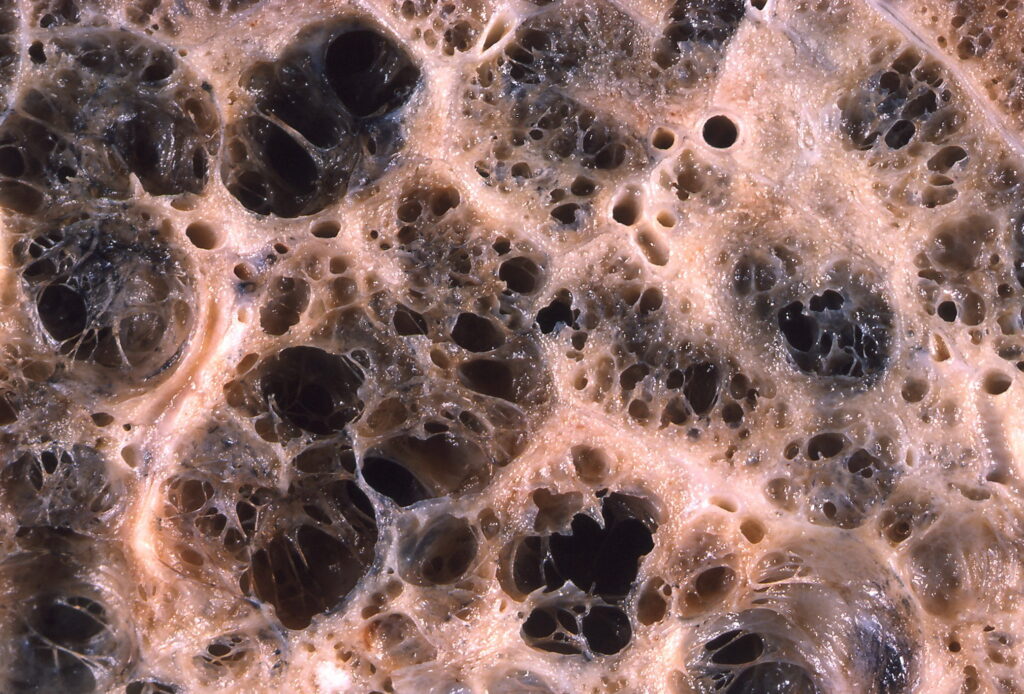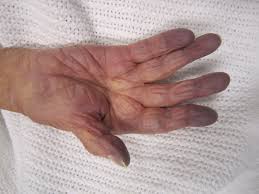Introduction
Respiratory system disorders encompass a range of conditions that affect breathing and oxygen exchange in the body. These disorders can arise from structural abnormalities, infections, chronic diseases, or environmental exposures. Common respiratory disorders include asthma, characterized by airway inflammation and constriction; chronic obstructive pulmonary disease (COPD), which progressively limits airflow; and pneumonia, an infection causing alveolar inflammation.

Disorder of Respiratory System
Asthma:-
Causes:- It occurs due to an allergic reaction to foreign substances that affect the respiratory tract. The agents which cause allergy are known as allergens.
Symptoms:- It is characterized by spasm of smooth muscles present in walls of bronchiole. Coughing wheezing (means producing sound during breathing), difficulty in breathing due to inflammation, i.e., swelling and redness of bronchi and bronchioles.
Emphysema:- It is a chronic disorder.
Causes:- The major cause is excessive cigarette smoking. Others may include inhalation of smoke or toxic substances over a period of time.

Symptoms:- The walls of alveoli are damaged due to excessive smoking, loss of elasticity of walls of bronchioles and alveoli. Due to this, the surface area for exchange of gases is reduced. Alveolar sacs remain filled with air even after expiration. The lungs remain inflated as exhalation becomes difficult.
This disease may be prevented by avoiding cigarette smoking.
Occupational respiratory disorders
Causes:- Continuous exposure to harmful substances, gases, fumes and dust in the environment exposure to silica and asbestos dust at place of work.
Symptoms:- Serious lung damage due to fibrosis of upper part of lungs, i.e., proliferation of fibrous tissues, causing inflammation, i.e swelling and redness of lungs.
Since the disease is caused due to prolonged exposure to the harmful substances, it is better to avoid prolonged amount of oxygen causes an incomplete combustion of carbon and produces carbon monoxide in the room.
As the person inhales carbon monoxide, it diffuses from the alveolar air to the blood and binds to haemoglobin forming carboxyhaemoglobin. The later is a relatively stable compound and cannot bind with oxygen. So, the amount of haemoglobin available for oxygen transport is reduced.
The resulting deficiency of oxygen causes headache, dizziness, nausea and even death. Carbon monoxide combines with haemoglobin at the same poit on haemoglobin molecule as does oxygen. It binds with haemoglobin 250 times faster than oxygen.
SARS (Severe Acute Respiratory Syndrome):- The first patient of SARS was reported on February 26,2003 in China. The causative agent is human Corona virus. It is a new member of influenza virus family which is considered as a mutant form of influenza virus.
Respiratory disorders in divers:– As a diver descends through the water, the gas mixture he inspires comes under increasing pressure. Thus, during descent, increasing amounts of respiratory gases diffuse into the body tissues and are dissolved in them.
Nitrogen is five times more soluble in lipid than in water, so fats including nervous tissues take up relatively more nitrogen during compression. When a diver ascends, the partial pressure of gases in his body are reduced
If decompression is too rapid, the gases come out of solution in the tissues and blood, forming bubbles that result in mild pain or severe problems (Caisson’s disease) or Bend’s disease or Dysbarrism.
Altitude sickness / Mountain sickness:- If you had ever been to any high altitude place, you must have experienced that is called altitude sickness. Its symptoms includes nausea, fatigue heart palpitation, breathlessness and headache.
This is because pf low atmospheric pressure at high altitude and the body does not get enough oxygen. But gradually you get acclimatized and stop experiencing this altitude sickness because body compensates low oxygen availability by increasing red blood cell production (Erythropoiesis) and also by increasing breathing rate
Hypoxia:- It is a condition of oxygen shortage in the tissues.
